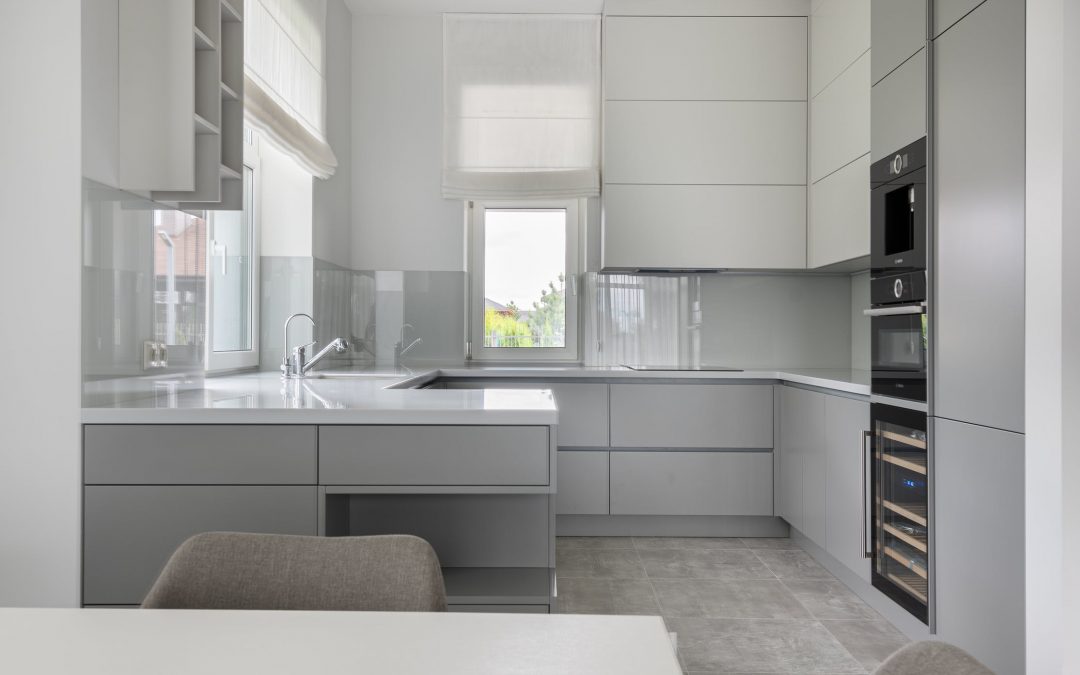When it comes to kitchen design and general home renovation, there are dozens of terms thrown around. However, we find one particular term to pop up frequently, causing confusion for many homeowners. This term, as you can likely tell from the title of this article is “parallel kitchen design.”
A parallel kitchen design is rather simple actually, involving countertops and cabinets to run in two separate and straight parallel lines, hence the name. Usually, these lines of countertops are on opposite walls, creating an almost corridor space between them.
This design is very popular, especially when it comes to more modern kitchens with plenty of room, providing a luxurious look and feel to one of the most used rooms of the home. The remainder of this blog post will discuss more on parallel kitchens, including a few benefits and downsides of the simple yet effective design.
Plenty of countertop space
To begin with, the parallel kitchen design offers plenty of countertop space, providing you with an abundance of room for cooking, hosting guests, and preparation, or maybe even hosting one of your famous dinner parties?
Parallel kitchens provide easy navigation
Next up, the parallel kitchen design provides simple to understand and easy navigation. Not only does this make the design process easier, but it provides a perfect work triangle, allowing you to keep all surfaces clean and within reach of one another.
As mentioned previously, many modern kitchens are adopting this design for this reason (and others), providing ample space and easy navigation for all homeowners (or guests).
Save on space
Not only do parallel kitchens work great for properties with a larger footprint, but they also work well for those utilizing a smaller footprint, too. As the design is parallel, there are only two sets of counters, separated by however big or small a gap you have available in the middle of the room. This allows you to save on space, perhaps for other rooms, or maybe, if your footprint permits, perhaps the installation of an island countertop space.

